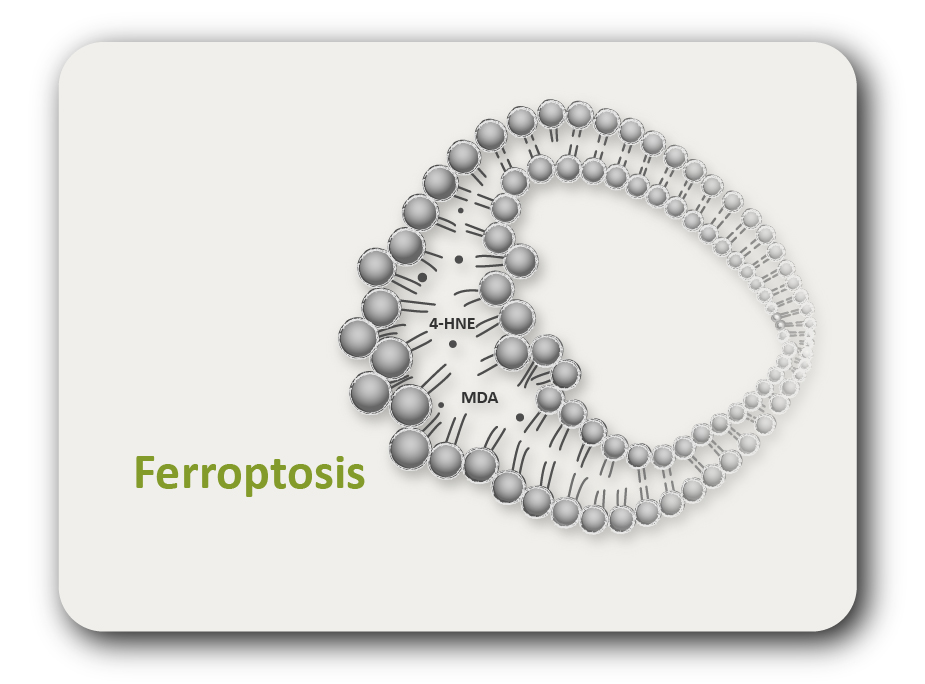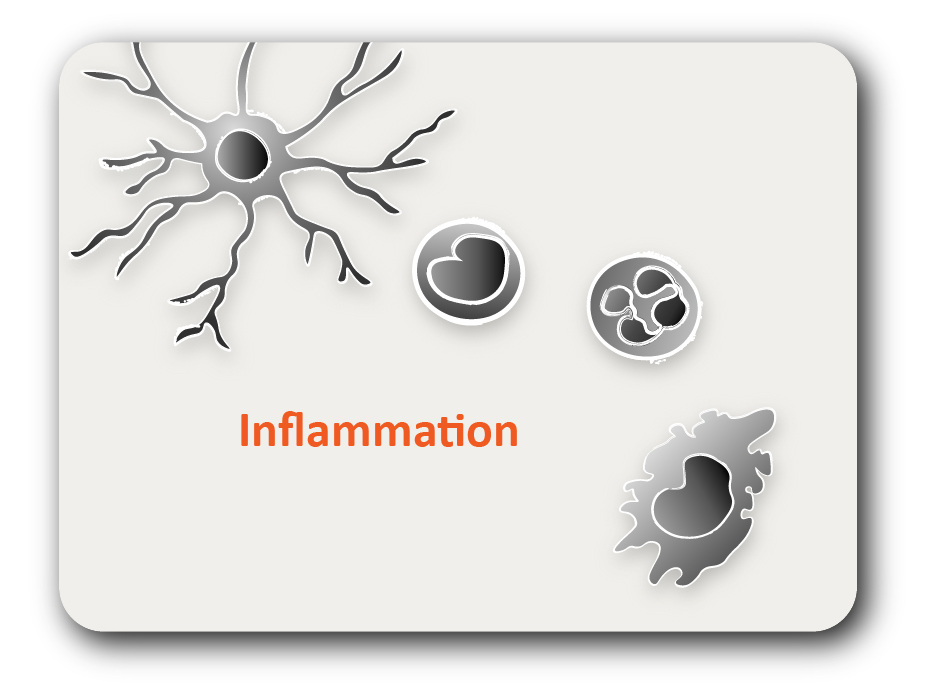ARG43523
anti-S1PR3 / EDG3 antibody
anti-S1PR3 / EDG3 antibody for IHC-Formalin-fixed paraffin-embedded sections and Human
Overview
| Product Description | Goat Polyclonal antibody recognizes S1PR3 / EDG3 |
|---|---|
| Tested Reactivity | Hu |
| Tested Application | IHC-P |
| Host | Goat |
| Clonality | Polyclonal |
| Isotype | IgG |
| Target Name | S1PR3 / EDG3 |
| Antigen Species | Human |
| Immunogen | Synthetic peptide corresponding to C-terminus of Human S1PR3 / EDG3 protein. |
| Conjugation | Un-conjugated |
| Alternate Names | EDG3; LPB3; S1P3; EDG-3 |
Application Instructions
| Application Suggestion |
|
||||
|---|---|---|---|---|---|
| Application Note | * The dilutions indicate recommended starting dilutions and the optimal dilutions or concentrations should be determined by the scientist. |
Properties
| Form | Liquid |
|---|---|
| Purification | Affinity purified |
| Buffer | Tris saline (pH 7.3), 0.02% Sodium azide and 0.5% BSA. |
| Preservative | 0.02% sodium azide |
| Stabilizer | 0.5% BSA |
| Concentration | 0.5 mg/ml |
| Storage Instruction | For continuous use, store undiluted antibody at 2-8°C for up to a week. For long-term storage, aliquot and store at -20°C or below. Storage in frost free freezers is not recommended. Avoid repeated freeze/thaw cycles. Suggest spin the vial prior to opening. The antibody solution should be gently mixed before use. |
| Note | For laboratory research only, not for drug, diagnostic or other use. |
Bioinformation
| Database Links |
Swiss-port # Q99500 Human Sphingosine 1-phosphate receptor 3 |
|---|---|
| Gene Symbol | S1PR3 |
| Gene Full Name | sphingosine-1-phosphate receptor 3 |
| Background | This gene encodes a member of the EDG family of receptors, which are G protein-coupled receptors. This protein has been identified as a functional receptor for sphingosine 1-phosphate and likely contributes to the regulation of angiogenesis and vascular endothelial cell function. [provided by RefSeq, Jul 2008] |
| Function | Receptor for the lysosphingolipid sphingosine 1-phosphate (S1P). S1P is a bioactive lysophospholipid that elicits diverse physiological effect on most types of cells and tissues. When expressed in rat HTC4 hepatoma cells, is capable of mediating S1P-induced cell proliferation and suppression of apoptosis. [UniProt] |
| Cellular Localization | Cell membrane; Membrane. [UniProt] |
| Calculated MW | 42 kDa |
| PTM | Glycoprotein; Phosphoprotein. [UniProt] |
Images (1) Click the Picture to Zoom In





